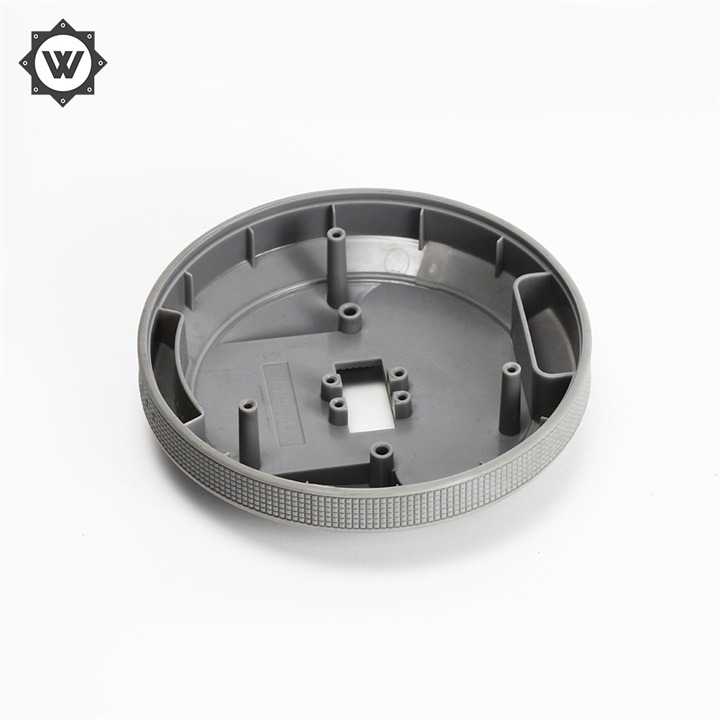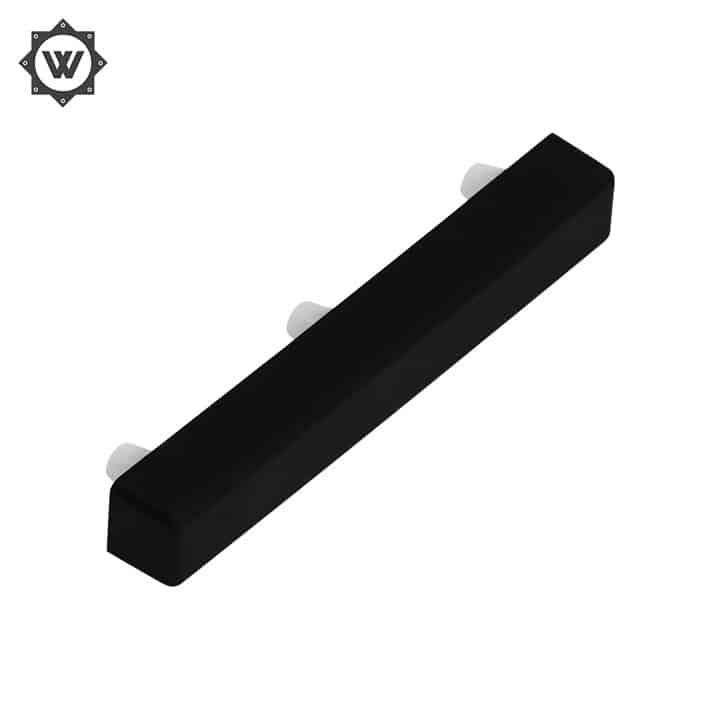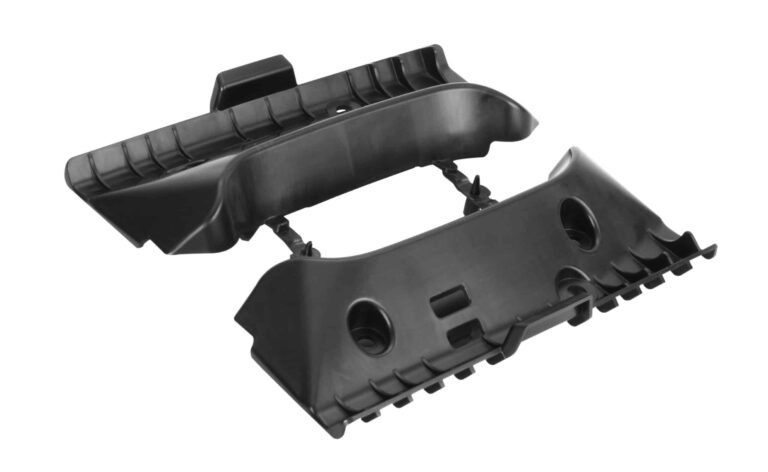Main Steps of Injection Mold Test
In order to avoid unnecessary waste of time and trouble during mass production, it is really necessary to pay patience to adjust and control various processing conditions, find out the best temperature and pressure conditions, and formulate standard mold testing procedures, which are conducive to establishing daily working methods.
1. Check whether the plastic in the barrel is correct and baked according to regulations (if different raw materials are used for mold test and production, different results may be obtained).
2. The material pipe shall be cleaned thoroughly to prevent inferior glue or impurities from being injected into the mold. Because the mold may be stuck due to inferior glue and impurities. Check whether the temperature of the material pipe and the mold is suitable for the raw materials to be processed.

3. Adjust the pressure and injection volume to produce products with satisfactory appearance. However, the burr shall not be removed, especially when some molded parts have not yet fully solidified. Consider before adjusting various control conditions, because a slight change in the mold filling rate may cause a great change in mold filling.
4. Wait patiently until the conditions of the machine and mold are stable, even medium-sized machines may have to wait more than 30 minutes. This time can be used to check the possible problems of the products.
5. The advance time of the screw shall not be shorter than the solidification time of the gate plastic, otherwise, the weight of the product will be reduced and the performance of the product will be damaged. When the mold is heated, the advance time of the screw should be lengthened to compact the products.
6. Reasonably adjust and reduce the total processing cycle.
7. Run the newly transferred conditions for at least 30 minutes until they are stable, then continuously produce at least a dozen full mold samples, mark the date and quantity on their containers, and place them separately according to mold cavities, so as to test the stability of their true operation and derive reasonable control tolerances (especially valuable for multi cavity molds).
8. Measure and record the important dimensions of the continuous samples (it shall be measured when the samples are cooled to room temperature).

9. Compare the measured size of each mold sample, and pay attention to:
(1) Whether the product size is stable;
(2) Whether there is an increase or decrease trend in some dimensions, but the machine processing conditions are still changing, such as poor temperature control or oil pressure control;
(3) Whether the variation of dimension is within the tolerance range.






